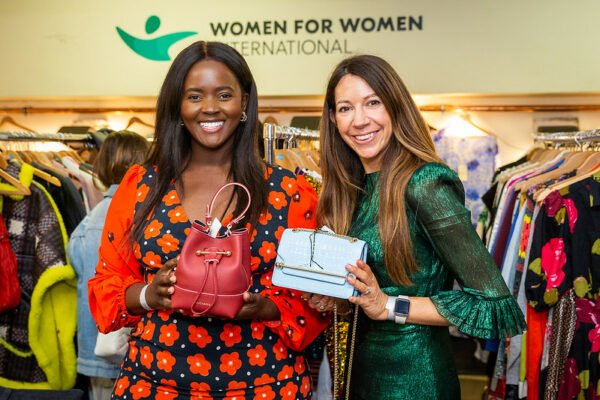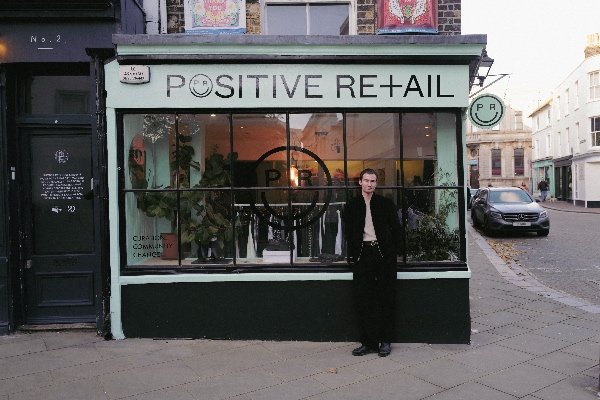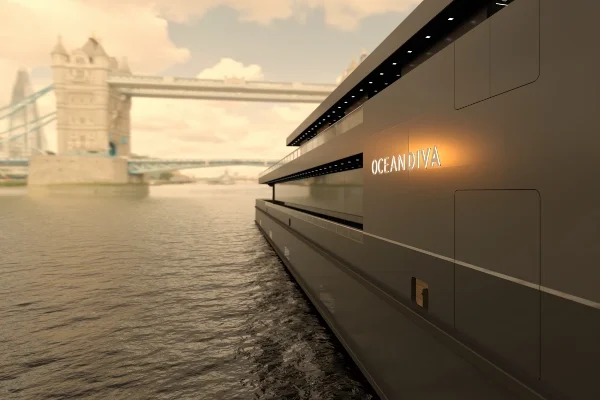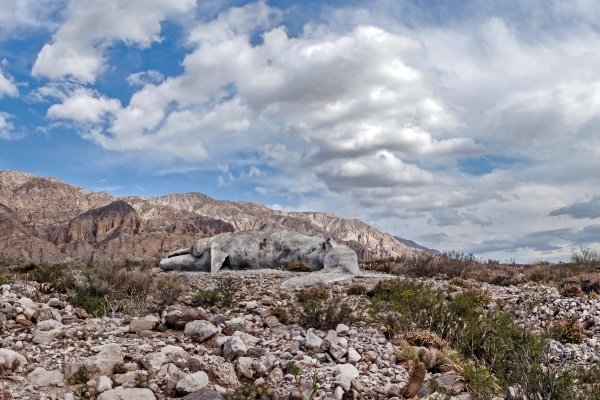This article first appeared in our COP27 special issue of My Green Pod Magazine, published on 10 November 2022. Click here to subscribe to our digital edition and get each issue delivered straight to your inbox
By 2050, the United Nation predicts two out of every three people are likely to be living in cities or other urban centres.
Friends of the Earth has reported that in England alone, almost 10 million people live in areas with very limited access to green space, while ONS figures reveal one in eight British households has no garden.
Yet green spaces support physical and emotional wellbeing, and save the NHS more than £100 million each year in GP visits and prescriptions.
As the global population rises and the migration to urban areas continues, the race is on to find new ways to connect with nature and the many benefits it brings.
Sami Kämppi and Antti Kaukinen, co-founders of OiOi, have an innovative answer; they hit on the idea of combining digital and physical worlds at a time when a new digital field was emerging. OiOi soon became the pioneer of a digital solution to nature-starved environments that also serves as an antidote to the unfettered consumerism
often found in urban areas.
‘Digital surfaces were becoming increasingly common in public spaces’, Sami tells us. ‘We thought that instead of using all the public screens for advertising, we should create meaningful content that inspires and supports the common good and explores the intersection between different natural surroundings and people: collective experiences, amusement, art, relaxation, information and knowledge. We knew that could be done in various mixed and exciting ways.’
Airports and care homes
Aukio in Helsinki Airport is a great example of how OiOi’s technology can be used to transform space in a way that brings positive results; in co-creation with interior architects and airport operator Finavia, Sami and Antti created a Finnish nature experience for travellers and airport staff.
Instead of leading travellers to the duty-free shopping area after security, Finavia wanted to bring people to a healing plaza where they would be surrounded by virtual nature.
The installation has been lowering stress levels, entertaining kids and families and serving as a relaxing haven for staff ever since.
Sami acknowledges that nothing can compete with real nature; the mission is instead to use digital technology to bring nature’s healing effects into places where access to the environment is limited.
Post-lockdown, this is a hot topic as businesses explore ways to get staff back into offices in a way that supports wellbeing.
Elderly care homes have also been transformed by restorative and healing content from OiOi; ‘We have witnessed touching moments when immersive experiences have evoked early memories in people suffering from memory loss’, Sami shares. ‘Bringing the elderly moments of clarity has contributed to lowering the need for medication. Further, the installations have improved the working conditions of the nurses.’
Interactive education
As well as creating immersive experiences, OiOi can add interactive elements to installations which themselves have huge potential to support wellbeing.
Education, physical exercise, rehabilitation, relaxation and stress relief in public spaces and working environments are just some of the many possible uses, alongside storytelling and communication in museums, science centres and institutions.
‘Content can be anything’, Sami explains; ‘the opportunity lies in the intersection between the immersive space and people using it. Enabling an experience that triggers curiosity and imagination is more important for us than the content itself.’
The experiential element of OiOi’s technology creates seemingly limitless possibilities – particularly for children. It can provide exciting learning environments, activate exercise, encourage self-expression and support emotional intelligence.
 Play Video about This Rock Might Just Save The World
Play Video about This Rock Might Just Save The World Play Video about Play 2 hours of rock
Play Video about Play 2 hours of rock Play Video about Play 2 hours of brook
Play Video about Play 2 hours of brook Play Video about Play 2 hours of sheep
Play Video about Play 2 hours of sheep











































